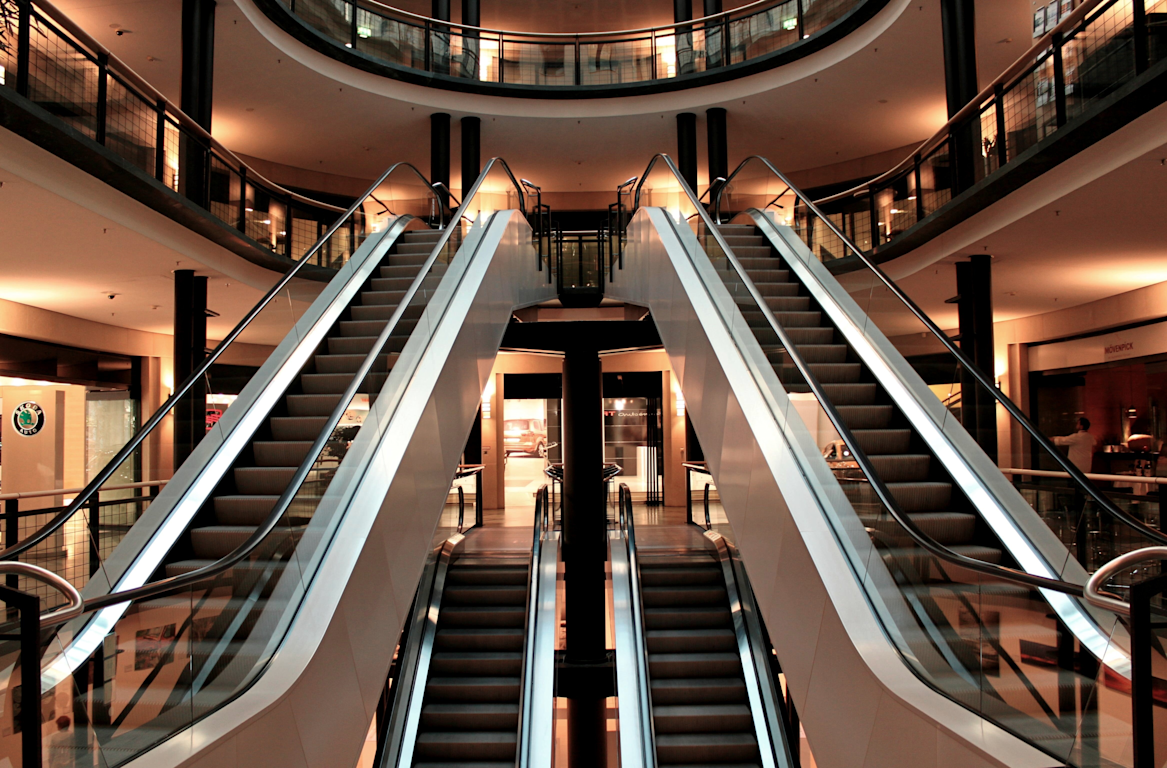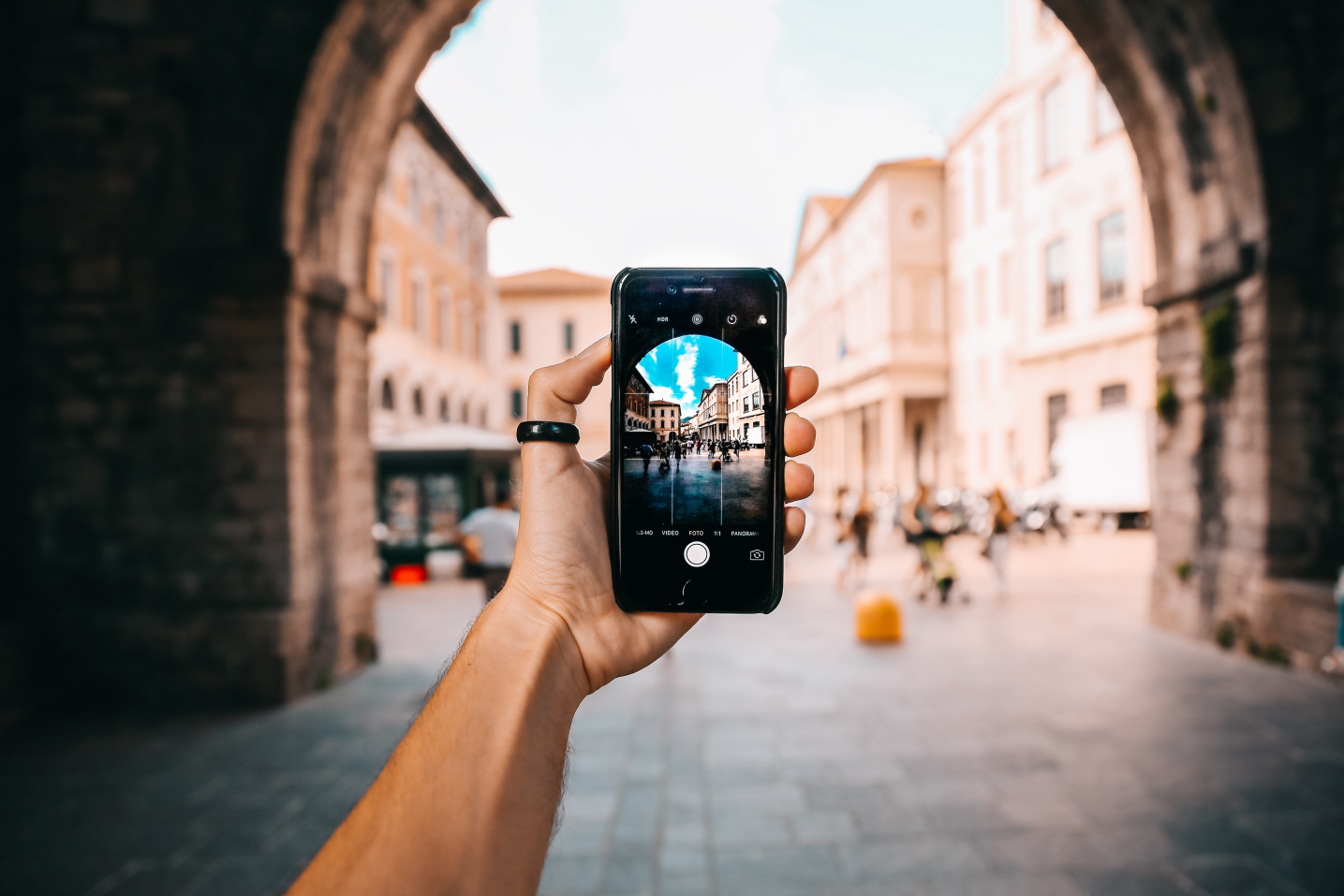Return to Resources
From e-Commerce to Brick and Mortar
Sep 27, 2019
3 min read
Why online retailers are moving into physical brick-and-mortar locations at malls around the world.
Online stores are undeniably attractive to consumers. The convenience of not having to leave home, drive through traffic, and look for your specific size/colour/style gives consumers many reasons to choose online shopping over in-store.
And yet, despite all the convenience online shopping offers, 85-90% of consumers still prefer to buy in-store.
According to PEW Research, consumers use the online world to do all of their research, then go in-store to make purchases. There’s something still uniquely gratifying about being able to try on and bring purchases home right away. For these exact reasons, many online retailers are now turning to showrooming (retail storefronts) to provide consumers with that tangible shopping experience and even, lifestyle-focused entertainment. Showrooming is particularly instrumental in informing complex, big-ticket buying decisions, for instance, purchasing a Tesla vehicle.
Here are just a few examples of online brands moving into the brick and mortar world:
Frank and Oak: after being solely an online retail store targeting millennials, Frank and Oak has opened 16 brick-and-mortar stores including premium coffee and some with full-service barber shops
Indochino: opened eight locations for men to come in and try on shirts and suits for size
Warby Parker: growing their physical location quickly, over 60 locations are currently active for shoppers to try on their future glasses
Canada Goose: previously only sold in authorized retailers, the famous brand is jumping on the brick-and-mortar train, opening two of its own retail stores
Casper: opened 15 pop-up locations across the US in 2017
Nordstrom: a productless, 3,000 sq ft store that serves as a pickup/return point was opened to focus on brand experience and services like tailoring, try-ons, stylists, fresh juice, manicures and more
Velo Cult: craft beer on tap and live music adds to the shopping experience for new, custom and vintage bicycles
Kanuk: the in-store experience involves a -25°C (-13°F) cold room to test how jackets hold up in cold weather
Showrooming provides all the experiential value, but because it requires low in-store inventory, can be available to online retailers at a fraction of the footprint cost of a regular retail store. This means that malls can offer a greater array of brand diversity to entertain and attract shoppers. Lee Peterson Executive VP of Brand, Strategy and Design at WD Partners says, “Where you used to have one 5,000 square foot store, you could maybe have three 500 square foot stores.”
Is showrooming part of your retail diversification strategy? Download our free eBook today, entitled “Re-Inventing Retail” to learn more about the convergence of brick and mortar and digital, and changing the shopping experience.
About Mappedin
Mappedin provides REITs and retailers with the ability to make their properties searchable and discoverable -- indoors. Its software platform is helping to change the way of retail by providing tools to manage dynamic indoor information and build meaningful wayfinding experiences.


